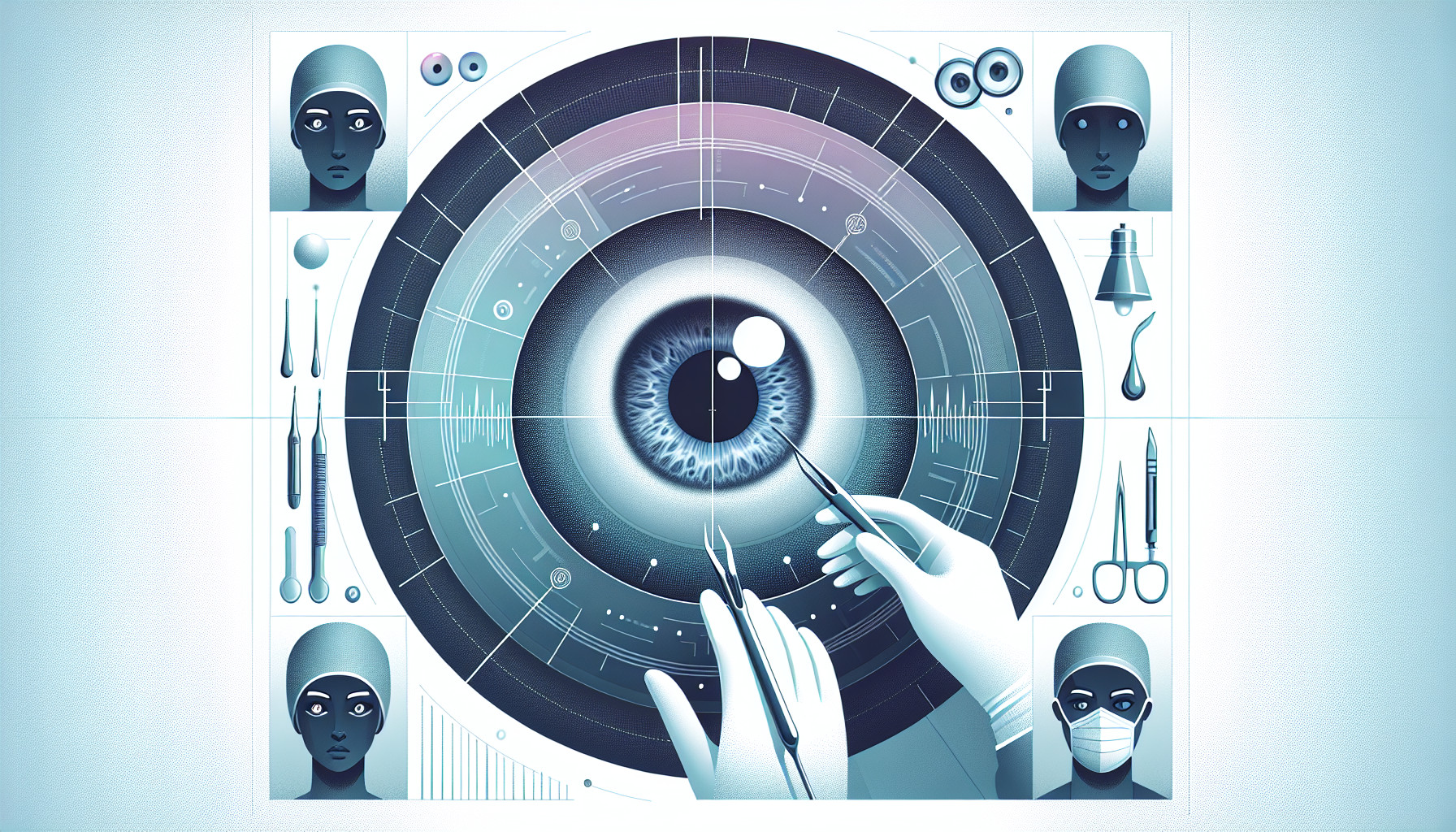Our Summary
This paper discusses the history of laser photocoagulation therapy, a technique used to treat certain eye conditions. It is widely recognized that the German eye doctor, Gerd Meyer-Schwickerath, developed this procedure in 1949 and is often referred to as the father of retinal photocoagulation. However, the authors of this paper suggest that the Spanish ophthalmologist José Morón actually used a similar method several years earlier, in 1945 and 1946. Despite these earlier experiments, Morón’s contributions have been largely overlooked. The authors aim to shed light on Morón’s work and argue for his recognition in the development of this important medical technique. The case illustrates a common issue in which the original inventors of ideas are often under-credited.
FAQs
- Who is generally recognized as the developer of laser photocoagulation therapy?
- Who are the authors of this paper suggesting should also be recognized for the development of laser photocoagulation therapy?
- What is the main argument presented by the authors regarding the history of laser photocoagulation therapy?
Doctor’s Tip
A helpful tip that a doctor might tell a patient about retinal surgery is to follow all post-operative instructions carefully, including taking any prescribed medications, attending follow-up appointments, and avoiding activities that could strain the eyes. It is important to protect the eyes from injury and infection during the healing process to ensure the best possible outcome from the surgery.
Suitable For
Patients who are typically recommended for retinal surgery include those with conditions such as diabetic retinopathy, macular holes, retinal detachment, macular degeneration, and epiretinal membranes. These conditions can cause vision loss and other complications if left untreated, making retinal surgery a necessary option for many patients. Additionally, patients with retinal tears or other traumatic injuries to the eye may also require retinal surgery to repair damage and preserve vision. Overall, retinal surgery is recommended for patients with a variety of retinal conditions that can benefit from surgical intervention to improve vision and prevent further complications.
Timeline
Before retinal surgery:
- Patient experiences symptoms such as blurred vision, floaters, flashes of light, or loss of vision.
- Patient visits an ophthalmologist for a comprehensive eye exam, including imaging tests such as retinal photography or optical coherence tomography.
- Ophthalmologist diagnoses a retinal condition such as retinal detachment, macular hole, or diabetic retinopathy that requires surgical intervention.
- Patient undergoes preoperative evaluations and discussions with the ophthalmologist to understand the risks and benefits of the surgery.
After retinal surgery:
- Patient undergoes the retinal surgery, which may involve techniques such as laser photocoagulation, vitrectomy, or scleral buckling.
- Patient is monitored closely postoperatively for any complications or changes in vision.
- Patient may experience discomfort, redness, or swelling in the eye in the immediate postoperative period.
- Patient follows a strict postoperative care regimen, including the use of eye drops, avoiding strenuous activities, and attending follow-up appointments.
- Patient gradually experiences improvement in vision over the following weeks to months as the eye heals from the surgery.
- Patient may require additional treatments or surgeries in the future to maintain or improve vision, depending on the underlying retinal condition.
What to Ask Your Doctor
- What specific condition is the retinal surgery being recommended for?
- What are the potential risks and complications associated with the surgery?
- What is the success rate of the surgery for my particular condition?
- What is the recovery process like and how long does it typically take?
- Are there any alternative treatment options to consider?
- How experienced is the surgeon in performing this type of surgery?
- What can I expect in terms of vision improvement or changes after the surgery?
- Will I need any follow-up appointments or additional treatments after the surgery?
- Are there any lifestyle changes or precautions I should take after the surgery to protect my eyes?
- How soon can I expect to see results from the surgery?
Reference
Authors: Ascaso FJ, Grzybowski A. Journal: Acta Ophthalmol. 2022 Mar;100(2):234-236. doi: 10.1111/aos.14804. Epub 2021 Feb 24. PMID: 33629510
